
15 Amazing Items Needed to Build Your At Home Sensory Gym
Start designing your child’s at home sensory gym today and witness the remarkable impact it has on their journey towards unlocking their true potential.
This post was created by Marra Robert, OTD, OTR/L in August 2023 and contains affiliate links.
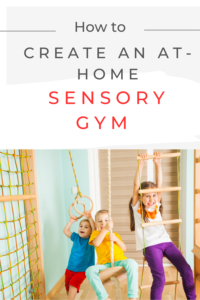
Imagine being able to meet your child’s unique sensory needs from the comfort of your own home. Being able to have a place where they can play, crash, jump, and explore their sensory environment while staying safe in their own home.
Does your child have unique sensory needs, sensory processing disorder, or autism spectrum disorder? Maybe you have started occupational therapy.
Or you are you are thinking of starting occupational therapy and you have heard of the power of sensory integration therapy and would like to incorporate more strategies at home. Maybe you want to learn more about sensory processing and would like some additional strategies to help your child. Well, you’re in the right place.
In this article, we will delve into the extraordinary benefits of sensory play and show you how to create an at-home sensory gym that will transform your child’s playtime into a remarkable learning experience.
Get ready to witness their growth as we guide you through understanding the benefits, creating a sensory-rich environment, engaging activities, and choosing the perfect equipment for your child’s at-home sensory gym.
By the end of this article, you’ll be equipped with the knowledge and tools to design a space that nurtures their sensory needs, fuels their learning, and enhances their overall well-being.
So let’s dive in and unlock the power of sensory play together. But first we need to understand the basics: sensory processing and sensory play.
What is Sensory processing?
Sensory processing is our ability to take in information from our environment through our 8 senses and to understand and make sense of all of it and then choose an appropriate response.
We process sensory information constantly throughout the day and even when we are asleep. It is a lot of information for our brain to sort through all of the time.
Yes, we do have 8 sensory systems. We have the 5 senses that are more well known: sight, smell, taste, sound, and touch. We also have 3 additional sensory systems that are less well known: our vestibular, proprioceptive, and interoceptive sensory systems.
Our vestibular sensory system is our response to gravity and our sense of movement. It helps us stay balance while we move around our environment.
Our proprioceptive sensory system is our sense of deep pressure and body awareness.
Interoception is our sense of how our body is feeling; I’m hungry, tired, hot. If you would like to learn more about sensory processing and our 8 sensory systems check out the post linked below.
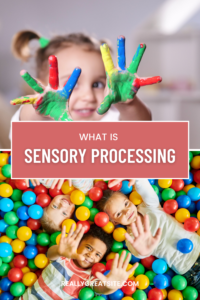
UNDERSTANDING THE BENEFITS OF SENSORY PLAY & Sensory Gym
Now that we have a better understanding of sensory processing, let’s take a closer look at sensory play. Sensory play is not just about having fun; it’s a vital component of a child’s overall development.
By engaging their senses and providing them with stimulating experiences, sensory play can have a profound impact on their cognitive, social, emotional, and physical growth.
One of the key benefits of sensory play is its ability hemp calm and regulate the nervous system promoting cognitive development. When children engage in sensory activities, they are actively using their senses to explore and make sense of the world around them.
This process stimulates their brain development, helping them to form connections and pathways that lay the foundation for learning and problem-solving skills.
Sensory play also plays a crucial role in the development of fine and gross motor skills. Activities that involve pouring, scooping, squeezing, and manipulating different textures help children improve their hand-eye coordination, muscle strength, and control.
As they engage in these movements, they are building the necessary skills for tasks such as writing, tying shoelaces, and participating in sports.
Additionally, sensory play has a significant impact on a child’s social and emotional development. It provides opportunities for them to explore emotions, express themselves, and build resilience.
Through sensory play, children can develop self-regulation skills, such as managing frustration or calming themselves down when overwhelmed. It also encourages social interaction and cooperation, as they engage in shared sensory experiences with siblings, friends, or caregivers.
Furthermore, sensory play can have a calming and soothing effect on children. The sensory input they receive helps them relax and focus their attention, reducing stress and anxiety.
This can be particularly beneficial for children with sensory processing issues or those who struggle with self-regulation.

SENSORY PROCESSING DISORDER
Every child benefits from engaging in sensory play in a sensory rich environment. However, for some children, sensory activities are a necessity for them to maintain a calm body and engage in other activities throughout the day.
We are all unique and the sensory input our bodies need in order to maintain a calm happy state varies from person to person. Some people love roller coasters while others get car sick. Every child’s sensory needs are different as well.
Some children have a more challenging time processing sensory information. These children may have sensory processing disorder or Autism. It’s important to note that sensory challenges are often talked about with children with Autism because the majority of people with Autism have sensory challenges. However, not all children with sensory challenges have Autism.
If you have a child with Autism or Sensory Processing Disorder they may be receiving occupational therapy services or you are thinking about starting. Occupational therapists are health care professionals who specialize in sensory processing and sensory integration therapy.
Maybe you have already noticed the benefits of occupational therapy and sensory play for your child, and you would like to create an at-home sensory gym to help them continue to progress at home.
If your child has not yet begun occupational therapy services, then I’d like to encourage you to look into it. This post does not replace the valuate experience of collaborating with an occupational therapist. Every child has unique needs and requires an individualized holistic treatment plan to address their sensory needs.
This post is intended to enhance understanding only. If you would like to learn more about pediatric occupational therapy check out the post below.

Ok, now let’s get back to creating an at-home sensory gym for your child
CREATING A SENSORY Gym
To truly unlock the power of sensory play and foster your child’s development, it’s essential to create a sensory-rich environment within your at-home sensory gym.
This environment will not only support the benefits of sensory play but also improve their sensory regulation while encouraging a love for learning and exploration. By carefully designing the space, you can provide your child with the tools they need to reach their full potential.
Considering the available space in your home is crucial when deciding on the equipment for your sensory gym. If you have a large area, you may have the flexibility to incorporate larger pieces of equipment, such as swings, climbing walls, or balance boards.
On the other hand, if space is limited, you can opt for smaller, portable items like therapy putty, fidget toys, or sensory bottles that can be easily stored when not in use.
Remember, creating a sensory gym that is both functional and adaptable to the space you have will greatly enhance your child’s experience.
When choosing equipment for your at-home sensory gym, it’s essential to keep in mind the specific sensory needs of your child. Some children may benefit from equipment that offers tactile stimulation, such as textured balls or foam pads with various textures.
Others may find comfort in equipment that provides deep pressure and proprioceptive input, such as weighted blankets or compression vests.
Understanding your child’s sensory preferences will help you in selecting the right equipment that caters to their unique needs. This is why it is important to consult with your child’s occupational therapist before selecting the right equipment to meet your child’s sensory needs.
Considering your child’s safety is paramount when selecting equipment for their sensory gym. Ensure that all equipment is age-appropriate and meets safety standards.
Check for any potential hazards such as sharp edges, loose parts, or small choking hazards. It’s also crucial to supervise your child during their playtime in the sensory gym to prevent any accidents and ensure their well-being.
Below, I have listed some of my favorite sensory equipment to provide you with some ideas for your at-home sensory gym. By no means do you need all of this equipment.
This list is intended to be used to pick and choose from keeping in mind your child’s individualized sensory needs.
Sensory Equipment to Add to Your Sensory Gym
1. Cuddle Swing
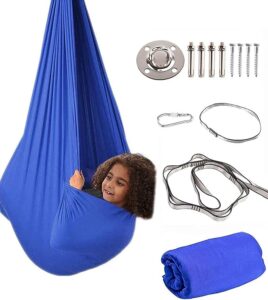
2. Ball Pit
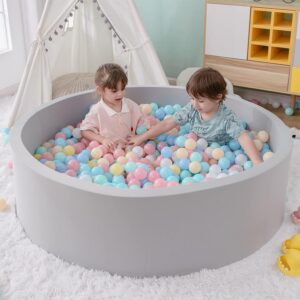
3. Indoor Swing
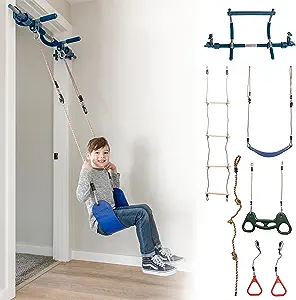
4. Scooter Board
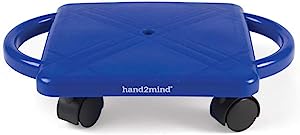
5. Sit and Spin
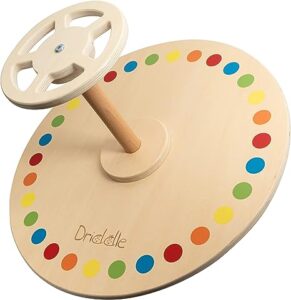
6. Textured Balance Beam and Stepping Stones
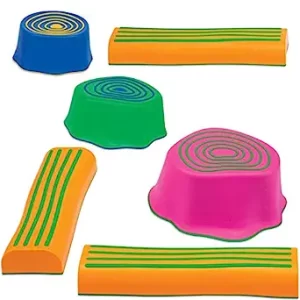
7. Crash Pad

8. Sensory Bottles
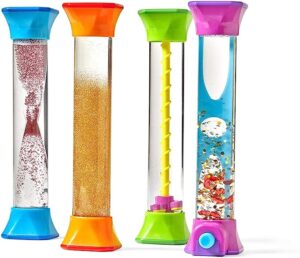
9. Tactile Maze Set
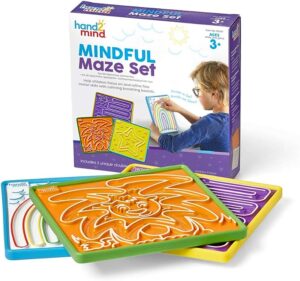
10. Tunnel
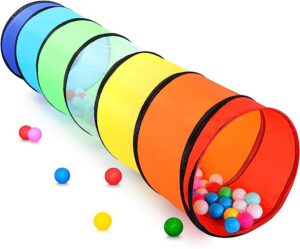
11. Trampoline
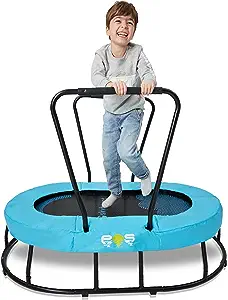
12. Tactile Sensory Mats
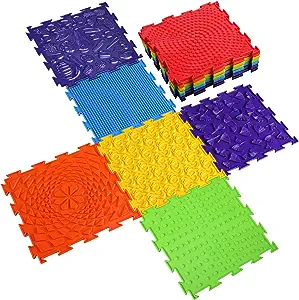
13. Indoor Climbing Structure
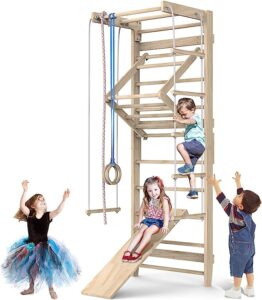
14. Sensory tables
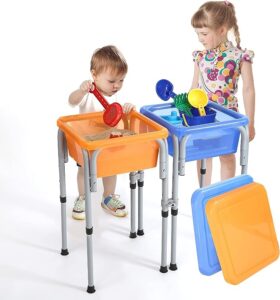
15. Indoor Rock Climbing
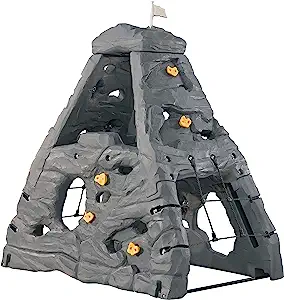
Unlocking the power of sensory play through designing an at-home sensory gym can be a transformative experience for your child.
By understanding the benefits of sensory play, creating a sensory-rich environment, engaging in activities for sensory development, and choosing the right equipment, you can create a space that supports your child’s needs and enables them to thrive.
As they explore, learn, and grow in their personalized sensory play area, you are providing them with the tools to enhance their overall well-being and promote their ongoing development. So why wait?
Start designing their sensory gym today and witness the remarkable impact it has on their journey towards unlocking their true potential. Remember, every moment of sensory play is an opportunity for their world to expand.
As children explore the limitless possibilities of their senses, they simultaneously explore the limitless possibilities of their own capabilities.
